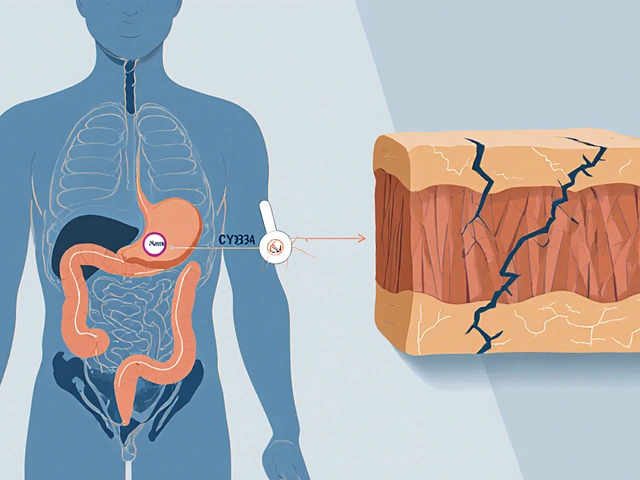Bacterial infections: causes, symptoms, treatment, and prevention
Bacterial infections happen when harmful bacteria enter your body and multiply. Some are mild, like a strep throat, and some can be serious, like bacterial pneumonia or sepsis. Knowing the signs early helps you get treatment faster and avoid complications.
Common culprits include Streptococcus, Staphylococcus, E. coli, and Pseudomonas. These bacteria show up in different places: skin, throat, lungs, urinary tract, and even the bloodstream. Risk rises if you have weakened immunity, recent surgery, or an indwelling device like a catheter.
Symptoms vary by infection site. Skin infections often cause redness, swelling, pain, or pus. Throat infections bring sore throat, fever, and swollen glands. Urinary tract infections usually give burning when peeing, urgency, and cloudy urine. If you feel high fever, fast heartbeat, confusion, or severe breathing trouble, treat it as an emergency.
Doctors confirm bacterial infections with exams, cultures, or rapid tests. Cultures from blood, urine, or swabs can identify the exact bacteria and which antibiotics will work. Rapid tests help for quick decisions, but cultures guide targeted treatment.
Antibiotics are the main therapy for most bacterial infections. Your doctor picks a drug based on the likely bacteria and test results. Finish the full course even if you feel better; stopping early can allow bacteria to survive and become resistant. Never share antibiotics or use leftover pills without a doctor's okay.
Antibiotic resistance is real and growing. Overuse and misuse help bacteria evolve defenses. To limit resistance, take antibiotics only when needed, follow the prescribed dose, and avoid pressuring clinicians for antibiotics for viral illnesses like colds or the flu.
Simple prevention cuts many infections. Wash hands with soap and water, especially after using the restroom, before eating, and after caring for someone sick. Keep wounds clean and covered. Stay up to date on vaccines that reduce bacterial diseases, such as pneumococcal vaccines. Safe food handling—cooking meat thoroughly and avoiding raw milk—also lowers risk.
When buying medications online, choose licensed pharmacies that require a prescription and show contact details. Watch for red flags: no pharmacist contact, prices that seem too good, or offers to ship controlled drugs without a prescription. If unsure, ask your healthcare provider for a trusted source.
If you get recurrent infections, bring a list of symptoms, previous antibiotics, and any medical devices to your appointment. That helps your doctor find causes like anatomical issues or immune problems. With the right care and a few smart habits, most bacterial infections clear up without lasting harm.
If you take antibiotics, ask your doctor about side effects and whether you should take a probiotic to reduce diarrhea. Women prone to urinary tract infections can try simple prevention: drink water, pee after sex, and avoid irritating feminine products. For skin wounds, wash with soap and water, apply an antiseptic, and cover until healed.
When in doubt, get a second opinion or visit urgent care. Quick action saves time and reduces risk of complications. Keep medical records of serious infections for future care. Ask your pharmacist if you have questions.

Looking for options besides Flagyl? This article breaks down six real alternatives you might get prescribed instead of metronidazole. Learn the details of how they work, what they're good for, and when they're actually better. Each alternative comes with its own pros and cons, making it easier to choose the right fit. We cut through the jargon, giving you clear tips, facts, and a handy comparison table at the end. If you or someone you know needs something other than Flagyl, this guide's for you.






